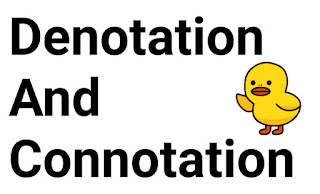LEXICAL SETS, HYPONYMS
Exercise 1
Look at the lists below. What is the relationship between the words and phrases in each list?
1. book, pen, teacher, whiteboard, student, desk, do your homework
2. menu, waiter, book a table, main cause, tip
Look at the lists below. What is the relationship between the words and phrases in each list?
1. book, pen, teacher, whiteboard, student, desk, do your homework
2. menu, waiter, book a table, main cause, tip
A group of words or phrases that is linked by a common topic or situation is called a lexical set. In Exercise 1, the words and phrases in number 1 are linked by the topic of 'school' and in number 2 they are linked by 'restaurant'.
HYPONYMS AND SUPERORDINATES
Exercise 2
Look at the lists below. What is the relationship between the underlined word in each list and the other words in that list.
1. furniture, table, chair, sofa, bed
2. potato, carrot, vegetable, cabbage, bean
Look at the lists below. What is the relationship between the underlined word in each list and the other words in that list.
1. furniture, table, chair, sofa, bed
2. potato, carrot, vegetable, cabbage, bean
The words which are underlined are called superordinates and the words which are not underlined are called hyponyms. For example, chair is a hyponym of furniture and vegetable is the superordinate of potato, carrot, cabbage and bean. Hyponyms can become superordinates and vice versa depending on the groups they are listed in. For example, table can be the superordinate of desk and breakfast counter while vegetable could be a hyponym of food.
Hyponyms and superordinates are often used when writing or speaking in order not to repeat the same word, for example: All there was to eat were apples, bananas and oranges; it was lucky I liked the fruit. Here the superordinate has been used to replace the hyponyms. They can also be used to give a text 'lexical cohesion', i.e. to connect parts of the text lexically.



Comments
Post a Comment